By using our website, you agree to the use of cookies as described in our Cookie Policy
The Real Heroes of GSD
When I sat down to write The Mourning After back in 2006, I had no idea that, upon the book’s release seven years later, we would be close to starting human trials for glycogen storage disease. Though I knew I wanted to shed light on the disorder and the efforts of my brother-in-law, Dr. David Weinstein, to find its cure, there is another element to this story: the everyday heroes, the children who live with GSD.
As a writer, you tend to get lost in your story while weaving your way through the crises and accomplishments of your characters. David and I spent hours together discussing the disease, his patients, the trials and tribulations of a missed feeding, gene therapy, and living with a loved one who requires round-the-clock care. I thought I had witnessed it all, my words had been crafted and perfected, and David exclaimed that I had nailed it when he read through the final draft. And then I saw Katie.
Our children are away at sleepaway camp and in their absence we enjoy the opportunity to focus on our nieces and nephews. This particular Friday we ventured to Davie, Florida to watch Rylee, my brother’s ten-year-old daughter, perform in a Lovewell production. When we walked through the auditorium, the first person we spotted was Lisa Hodes, the mother of two GSD children, Katie and Sami. We hadn’t seen each other since a charity event several years back, and I immediately felt a sense of purpose in what you might call a stars are aligning type of moment.
Sure, I watched my niece Rylee as she sang and pranced across the stage, but my eyes were fixed to the radiant face of Katie Hodes. This was no longer fiction. My character had come to life, she is life, and I watched her confident stride and cheerful smile glide across the stage as though she were born there. I will never know firsthand how Lisa and her husband Sandy manage their two girls who live with a daily routine incomprehensible to most of us. Though I wrote about Chloe, the endearing, brave young soul who “didn’t feel quite sick or different” because it was the only life she ever knew, I have never witnessed anyone braver than Katie Hodes. To many in the audience she was merely the young daughter of loving parents fulfilling a summertime dream. To me, she is a hero.
Since The Mourning After has released, I have been showered with letters and emails from the GSD community. There is no more unified and loyal group than those living with sick children. Although Chloe Keller is fiction, her plight is that of these families. Here, I am honored to introduce to you a few of the courageous, committed parents and their inspirational children, extended families, and friends.
Katie & Sami. "I have two beautiful daughters with Glycogen Storage Disease (GSD). We have struggled to keep our girls healthy for over 15 years. Every day is a blessing but also a new challenge. Both are smart, funny, warm, talented and happy – and cornstarch is the cornerstone of their diet. When my first daughter was born, there was very little information about the disorder and to this day, most people have never heard of GSD. You have done a great job of giving readers a taste of what it's like to live with GSD, and as you mentioned, we are close to a cure. Dr. Weinstein at Shands Hospital in Gainesville is our hero. He truly cares about every single one of his patients – keeping them safe and healthy until he and his colleagues find the cure. We are working hard to generate awareness and raise money to fund promising research, but it is difficult to get attention for an orphan disease. I thank you from the bottom of my heart for bringing attention to this disorder. I am humbled by your willingness to make a difference for children with GSD and I am so appreciative of your efforts." Lisa Hodes, mother to Katie and Sami
James."Last July, we welcomed a beautiful baby boy into our family. After having two healthy, perfect daughters, we couldn't wait to complete our family. We named him James, my maiden name. Like our daughters, my father and brother delivered Jamie which was really momentous, this being the first delivery my dad completed after having major heart surgery in May. Immediately after birth, however, Jamie was hypoglycemic and treated in the hospital's nursery until his bris on day 8. During those 8 days, the doctors assured us that there was nothing "wrong" with Jamie, but that his little body was merely adjusting to life outside of the womb. They told me to feed him every 2 and 1/2 to 3 hours and sent us all home with a clean bill of health. Although they told me not to worry, after getting used to testing his blood sugar levels regularly for the first 8 days of his life, they suggested we get a glucometer in the event we ever needed reassurance that everything was ok. The next five weeks went off without a hitch, although I always suspected that something was indeed 'wrong.'
"When Jamie turned 6 weeks old, we decided to stretch his night time feeds from every 3-4 hours since we knew our daughters were stretching to 6 hours at that age. The night we decided to do that, we ended up in the ER. Jamie cried after 3.5 hours and instead of feeding him, we gave him his pacifier. He continued to cry and we again gave him his pacifier. I picked him up out of his crib to soothe him and we both fell asleep in the rocking chair. An hour later, I woke up patting myself on the back that he went so long without eating, and noticed Jamie panting and sweating profusely. He was limp as a rag and nothing we could do would get him to respond. We ended up taking an ambulance to the emergency room, thus beginning our journey to his diagnosis. Thank god he was in my arms that night, because we believe he could have died overnight had we let him cry it out.
"Needless to say, we had never heard of Glycogen Storage Disease and did not know what the consequences would be for Jamie and our entire family. Within days of learning his tentative diagnosis, we were put in touch with a family whose 12 year old son has GSD. They emailed Dr. Weinstein and within a half an hour, Dr. Weinstein wrote me the most inspiring email from England. We were floored. I printed the final paragraph of his email and still have it taped to my refrigerator. For months, I stopped myself and read and reread his inspiring words, even in the middle of the night, which promised me that Jamie would be perfect and I forced myself to believe those words.
"Jamie will be turning one on July 12. To say this year has been hard is a major understatement, but we have survived thanks to the support of our family and friends and the always available advice of Dr. Weinstein, who constantly reassures me that Jamie is perfect. We are so hopeful for a cure and are doing everything we can to raise as much money and awareness as possible to raise the necessary funds. We have also met several families with children with GSD who continue to inspire us as well. Jamie is a happy, beautiful baby who is surrounded by so much love, and we are so excited to see how his life develops. We pray for a cure in the near future for Jamie and all the other kids with GSD." Meredith Gussin, mother to James
Please click here to read more about GSD.
Avery. "You touched on so many emotions and perfectly captured living with GSD. We are so grateful for Dr David and his dedication to the treatment and cure of GSD. Being the recipient of The Order of the Smile truly sums up how we all feel about him. He is our hero! We also recognize the sacrifices he and his entire family have made throughout the years. Thank you for using your talents to share all of this with the world." Diane Robinson, grandmother to Avery, Type 1a who has been Dr David's patient since 2009
"My daughter who is now going into the 10th grade has a very dear friend with GSD. They have been friends since pre-K, and we have become good friends with their family. We know and understand their plight very well. We have met your brother-in-law, and everyone knows how fortunate this world is to have someone like him in it. We are very proud to know that have been made with gene therapy, and the improvement in the lives of these children and their families. I espcially loved what you wrote in the Ellen DeGeneres letter: something to the effect of the disease may not be important to many people, but if it affects you it becomes the most important disease in the world. It could have happened to any of us.
"Also, just a cute fact: My daughter, along with some of the other children I'm sure, were very curious about the cornstarch and water mixture that her friend was always having to drink. My daughter Danielle, decided she needed to try the "cornstarch cocktail" as she called it, with her friend and this brought much laughter to a sometimes stressful part of our friend's day. The mom mixed it up, they clinked the special cups she used, and had big smiles on their faces, along with everyone else around them! She also deemed it to be not bad at all!!" Debi Weisman, Parkland, Florida
For more information about glycogen storage disease and how you can help, please visit
www.glycogenstoragedisease.com.
‹ Back



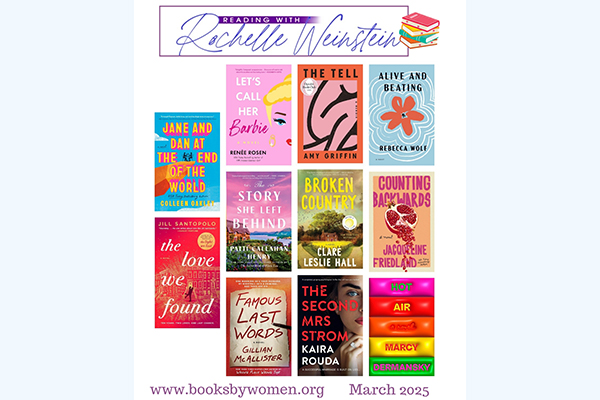
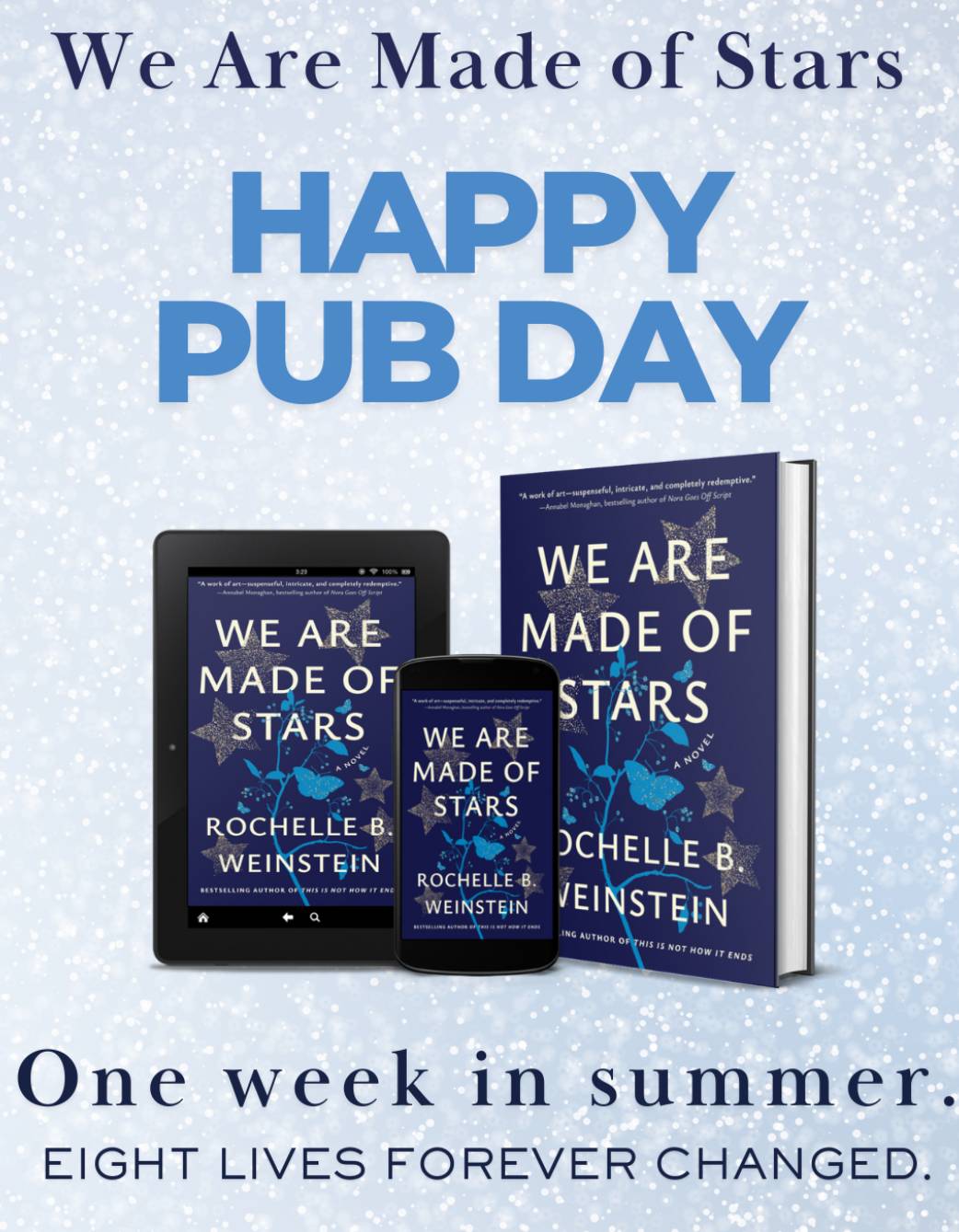

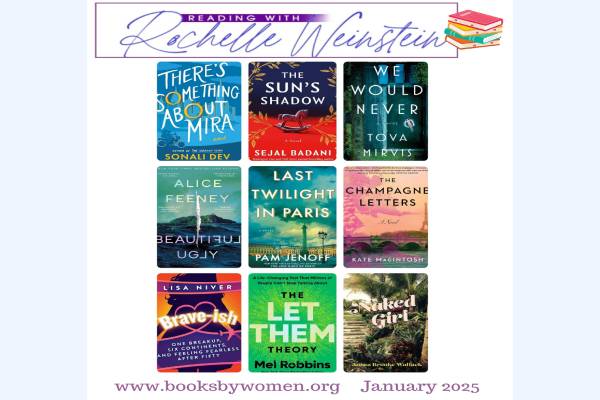
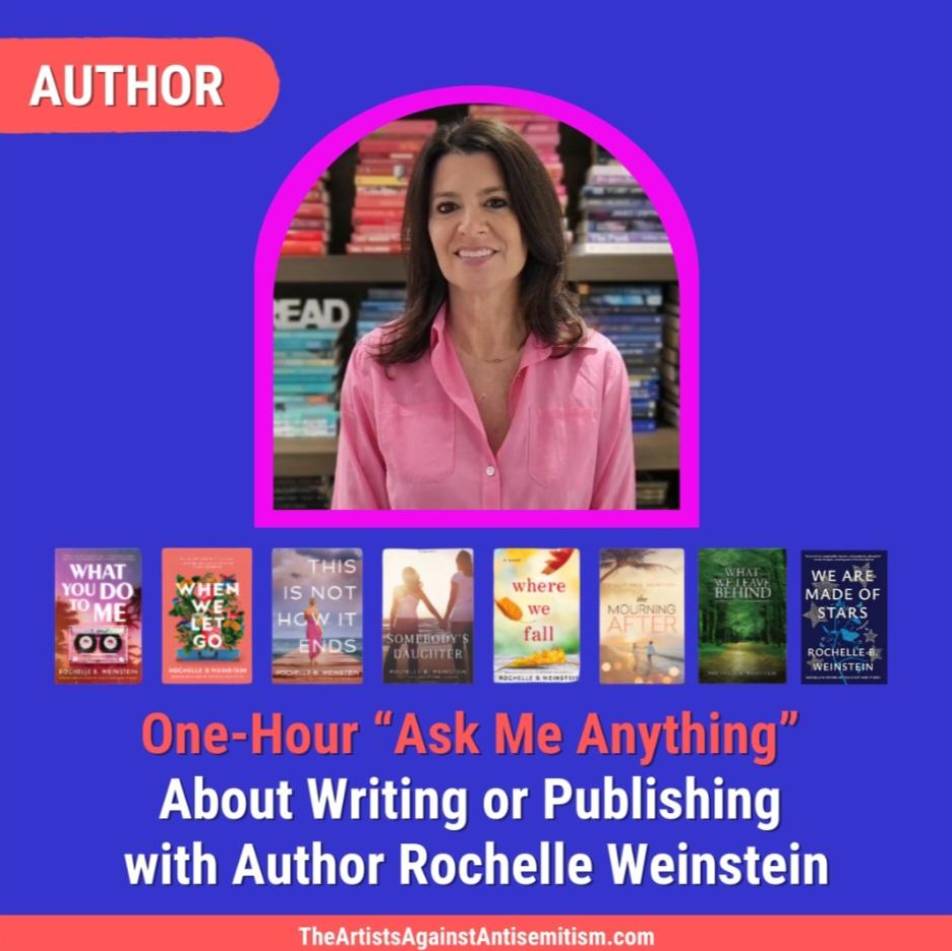
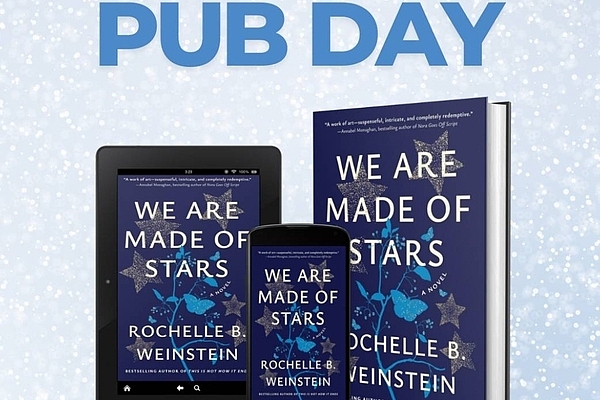

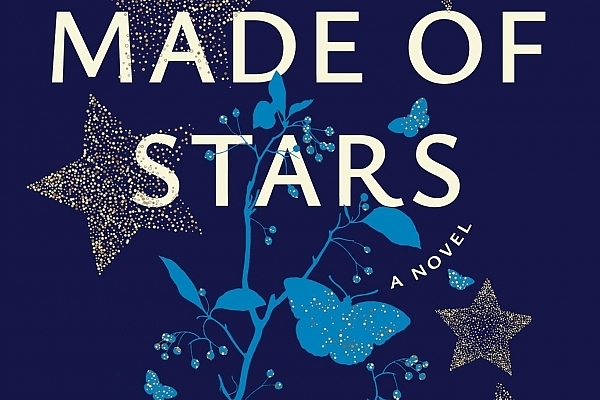
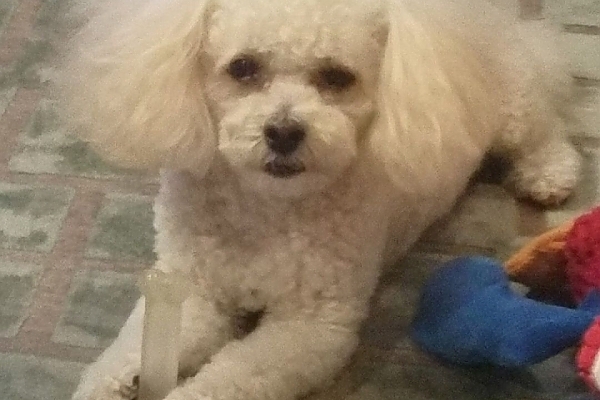
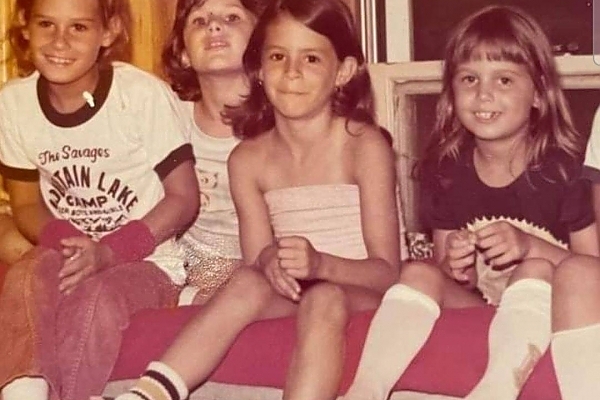
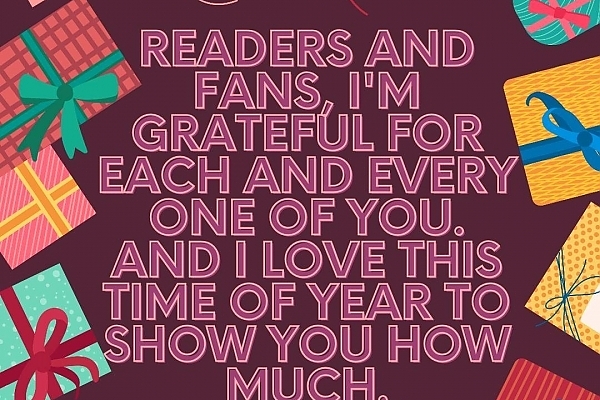
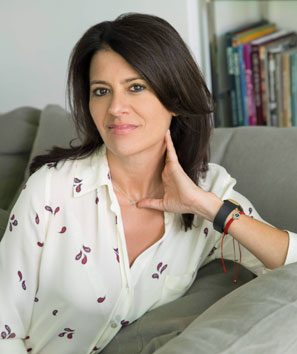

.png)
Comments